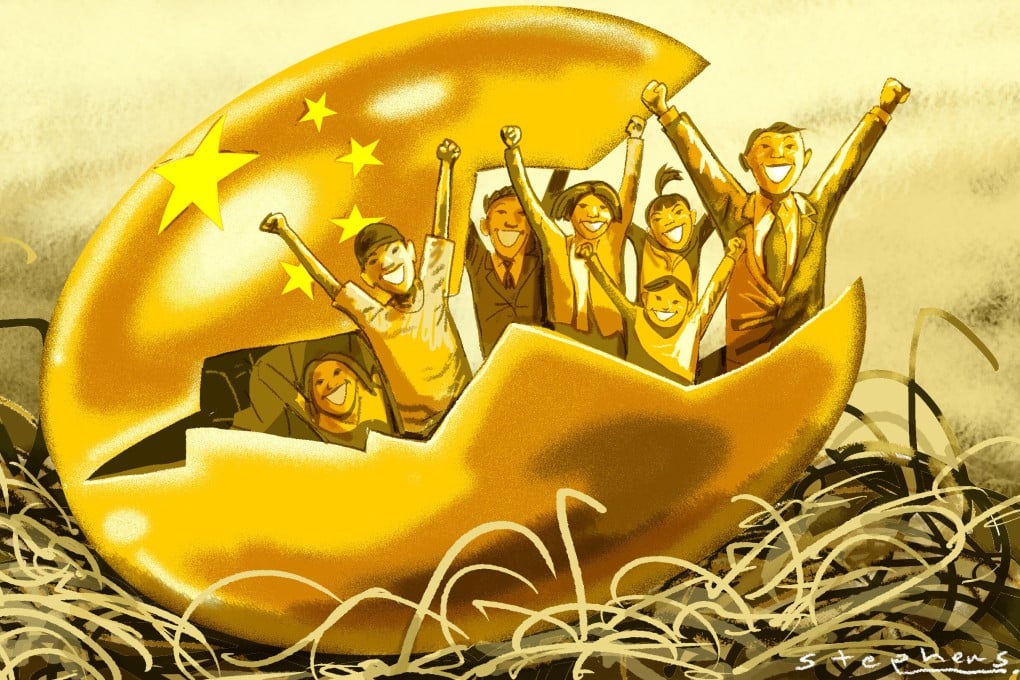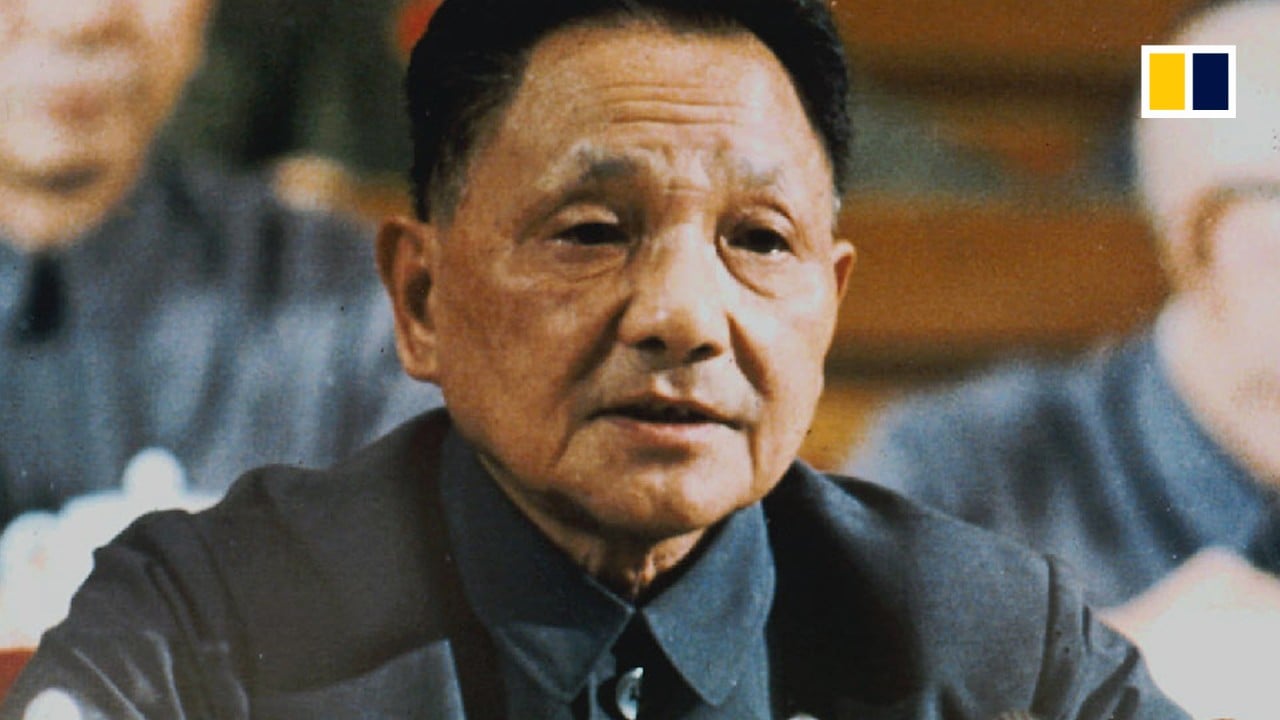Advertisement
Opinion | China’s ‘common prosperity’ goal won’t mean Robin Hood-style redistribution
- Concern over income inequality has driven leaders to adopt a three-pronged strategy to realise the ‘Chinese dream’, focusing on poverty eradication, reorienting the economy and encouraging philanthropy
Reading Time:4 minutes
Why you can trust SCMP
7

Chinese President Xi Jinping’s emphasis on “common prosperity” has been taxing many minds. Some relate it to the recent crackdown on Big Tech and talk of redistributive taxes and philanthropy. Some highlight concepts of safety nets and a clampdown on “illicit incomes”.
Others seem to wonder if they should hide their wealth under the mattress. A clarification in a People’s Daily editorial on September 8 may not have succeeded in calming all nerves.
Xi’s watchword reflects a judgment that, after decades of breakneck growth, it’s time to adjust the country’s trajectory to realise the “Chinese dream” of becoming a “strong, democratic, civilised, harmonious and modern socialist country” by 2049, the 100th anniversary of the founding of the People’s Republic of China.
But why now? And is there a coordinated strategy? In the reform and opening up drive that began in 1978, Chinese leader Deng Xiaoping sounded a clarion call “to let some people get rich first”. Since then, China has never turned back.
According to Forbes, mainland China has 626 dollar-billionaires, the second-highest number in the world. There are 2 million people with investible assets of over 10 million renminbi (US$1.55 million), accounting for 12 per cent of all household wealth.
Advertisement

